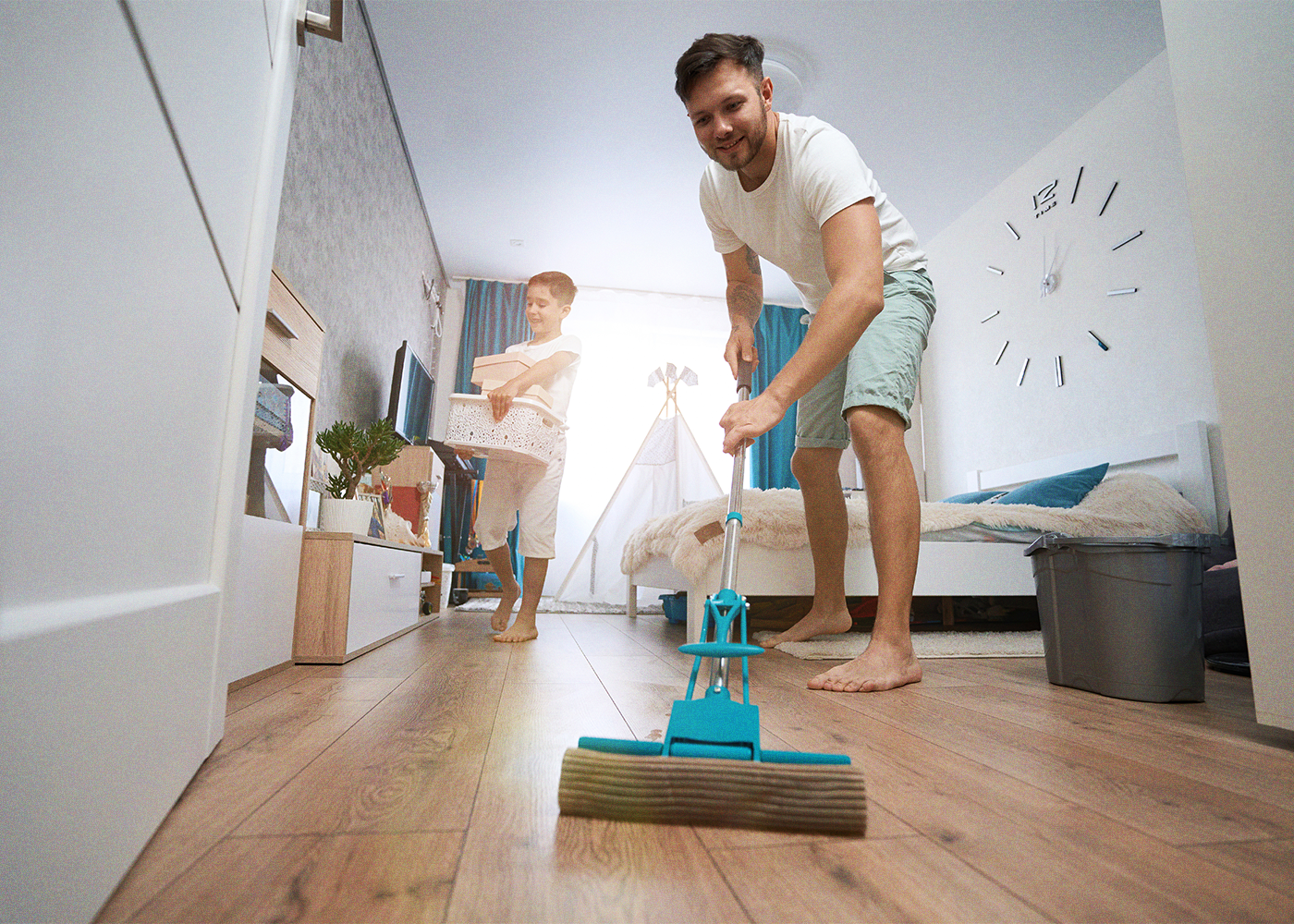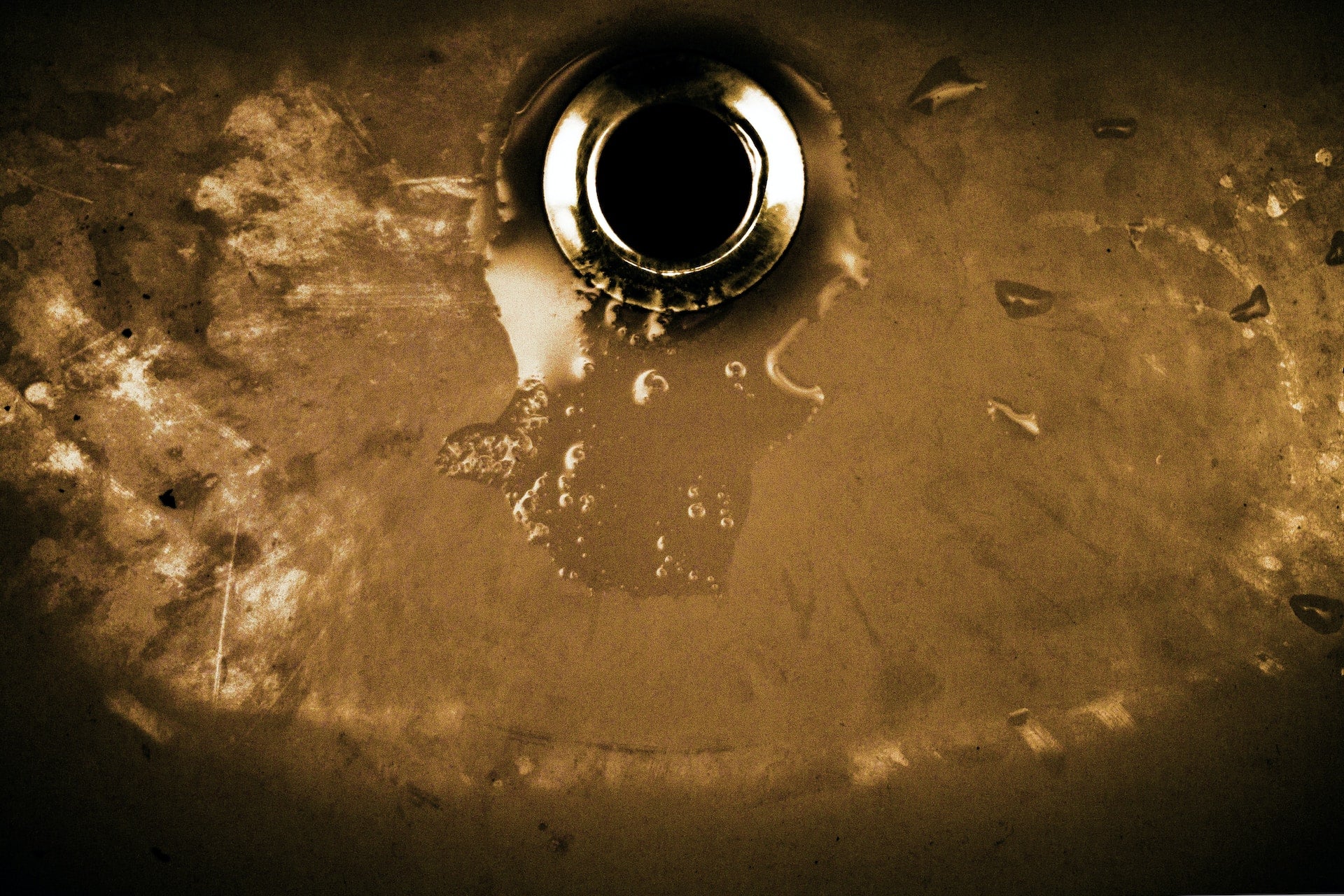
Eliminate Dust Mites in Children’s Bedrooms
Kids sleep about 9 hours in their rooms every night, plus the time they spend there on homework, playing games, and talking with friends. In your child’s bedroom lurk millions of other uninvited guests: dust mites. It’s normal to have dust mites in a home, and they’re typically kept under control with regular cleaning.
Sometimes the dust mite population gets out of control, and can cause itching, watery eyes, difficulty breathing, and other allergic reactions. It can be easy to mistake a dust mite allergy for other seasonal allergies, since they have similar symptoms. Even if you deep clean your home regularly, dust mites can still become a problem, and it’s no one’s fault.
If your child has been having allergy symptoms, it might be time to hunt down these mites and eliminate them from their bedroom. Here are the ways you can tackle dust mites in your child’s bedroom, and in every room in your home.
Why do dust mites love children’s bedrooms?
These tiny insects thrive in temperatures between 68 and 77 degrees Fahrenheit, and in humidity levels between 80% and 90%. Of course, the endless supply of food dust mites get in your child’s bedroom is the primary reason why it is a popular area for them.
What do dust mites eat? Dead, flaked off human skin cells. It might be gross to think about, but an average child can shed over a million dead skin cells in their bedroom in a single day. Most of this shedding occurs while in bed, and the warm, moist, dark environment is ideal for dust mites to proliferate.
How can you tell if there are dust mites in your child’s bedroom?
Dust mites are so small that you will never be able to see them, at about 0.3 millimeters long. Their size is a problem not just for eliminating them from your home, but also for doctors and veterinarians to diagnose a dust mite allergy. They’re virtually impossible to find on skin or in fur.
If you can’t see them, how do you know they’re there? Most homes unknowingly harbor dust mites. However, they’re only a problem when someone in the home, a person or a pet, develops an allergy to them. If your child or pet suddenly develops allergy symptoms, like watery eyes, sneezing, scratching, eczema, or asthma, dust mites may be to blame.
While a doctor can diagnose a dust mite allergy, the best solution to these symptoms will be to decrease the dust mite population in your home. Keep reading to learn how to get rid of these itty bitty bugs.
Upgrade your vacuum
When choosing a vacuum cleaner for your carpets, it’s important that you get one that is fitted with a HEPA filter. A HEPA filter traps fine particles and allergens, including dust mites. This way, you’re sure that when you vacuum, you aren’t simply picking up the dust mites and blowing them to another part of the room. A bagless vacuum is the best option, since emptying bags is a potential time for dust mites to escape and re-infest your home.
Vacuum at least once a week, but twice or three times would be better when dealing with dust mites. If you’re vacuuming a mattress to remove dust mites, there is a special type that will do the job. Look for specialized UV vacuums to get rid of dust mites in a mattress. These cleaners have a UV light, heated air, and a HEPA filter to eliminate dust mites from your child’s mattress.
Wipe surfaces thoroughly
While dust mites love the carpet, they also live on surfaces. Thoroughly wipe all surfaces like desks, dressers, and window ledges with Disinfecting Surface Cleaner using a Microfiber Towel. The cleaner kills the dust mites that it comes in contact with while protecting the surface you’re cleaning. Plus, it’s plant-based and safe for kids and pets, so it’s one more way you’re protecting the health of your family. The Microfiber Towel is the best choice for picking up every last dust mite, along with any other dust or germs that could be lurking.
Deep clean all fabrics
Dust mites find a safe haven in soft furnishings, and some of them may even manage to avoid being removed by the vacuum. For linens and other fabrics, wash them often with Natural Laundry Detergent, in the hottest water that is safe for the type of fabric. You can always check the label to see the recommended setting.
Some fabrics must be taken to a dry cleaner. Make sure to seal them in a bag before putting them in your car, and let your dry cleaner know that it may contain a heavy load of dust mites.
Furniture with fabric coverings is a little more of a challenge. You’ll want to use a steam cleaner for these items. The hot steam kills the dust mites, and the scrubber attachment removes them from the fabric.
Use HEPA air filters
Whether you add a HEPA filter to a whole house air system, or use standalone units in separate rooms, an air filter will help remove dust mites and other allergens from your home’s air circulation. With a good air filter, it will catch many of the dust mites that are kicked up by daily activities like making the bed and walking around. Furthermore, if you happen to reside near a busy street, there are dust particles floating through the air that land on various surfaces in your bedroom.
If you’re getting a standalone filter, make sure the purifier's capacity is sufficient for your child’s bedroom's size. Keep in mind that the HEPA filter should be changed every six months, or more often if your home has particularly poor air quality.
Remove Moisture
Adequate ventilation can play a role in the development of a dust mite infestation in your child’s bedroom. Since dust mites love humidity, the more humid your child’s room is, the more likely it is that there will be many dust mites. This is especially true if your child’s bedroom is next to the bathroom, where the warm, moist air from hot showers can make the problem worse.
Opening the windows to let in fresh air can make your child’s bedroom less stuffy. Unfortunately, hot or cold temperatures, potentially even more humid air, and weather like rain or snow can make that impossible. Instead, you can use fans inside your home to keep the air circulating effectively. Many people choose to add a dehumidifier to keep the moisture level down and decrease the chances of dust mite infestation.
Try hypoallergenic bedding
If dust mites are a persistent problem in your child’s bedroom, you can opt for bedding that is hypoallergenic. Both the sheets that cover the bed and the bed itself can be found made from materials that deter allergenic pests like dust mites from proliferating.
The simplest way to do this is to use dust mite covers on your child’s mattress and pillows. Dust mites can't get through the tightly woven fibers used in their construction. Look for soft, organic bedding from wool that protects against dust mites all year long.
Keep your child’s bedroom neat and clean
It's a good idea to tidy your child’s bedroom frequently, as a cluttered space is a magnet for dust, dirt, germ, and yes, dust mites. If your child likes soft fabric toys, wash these at least once a week, when you wash their linens. Make sure to pick laundry up off of the floor as well. If you’re open to removing the carpet, a hard floor can be easier to clean, and you can change the style using washable carpets.
Conclusion
If you're trying to get rid of dust mites in your child’s bedroom, you might not have to do everything on this list. However, the more of these tactics you use, the more successfully you can eliminate the dust mites in your child’s bedroom, and the fewer allergy symptoms they will have.
It takes a lot of work on a constant basis to prevent dust mite infestations, and the steps above are applicable to any room in your home that has a dust mite problem. It might take a little extra work in the beginning to eliminate dust mites, but you’ll enjoy a deeper breath of fresh air as a reward for all your efforts.


























